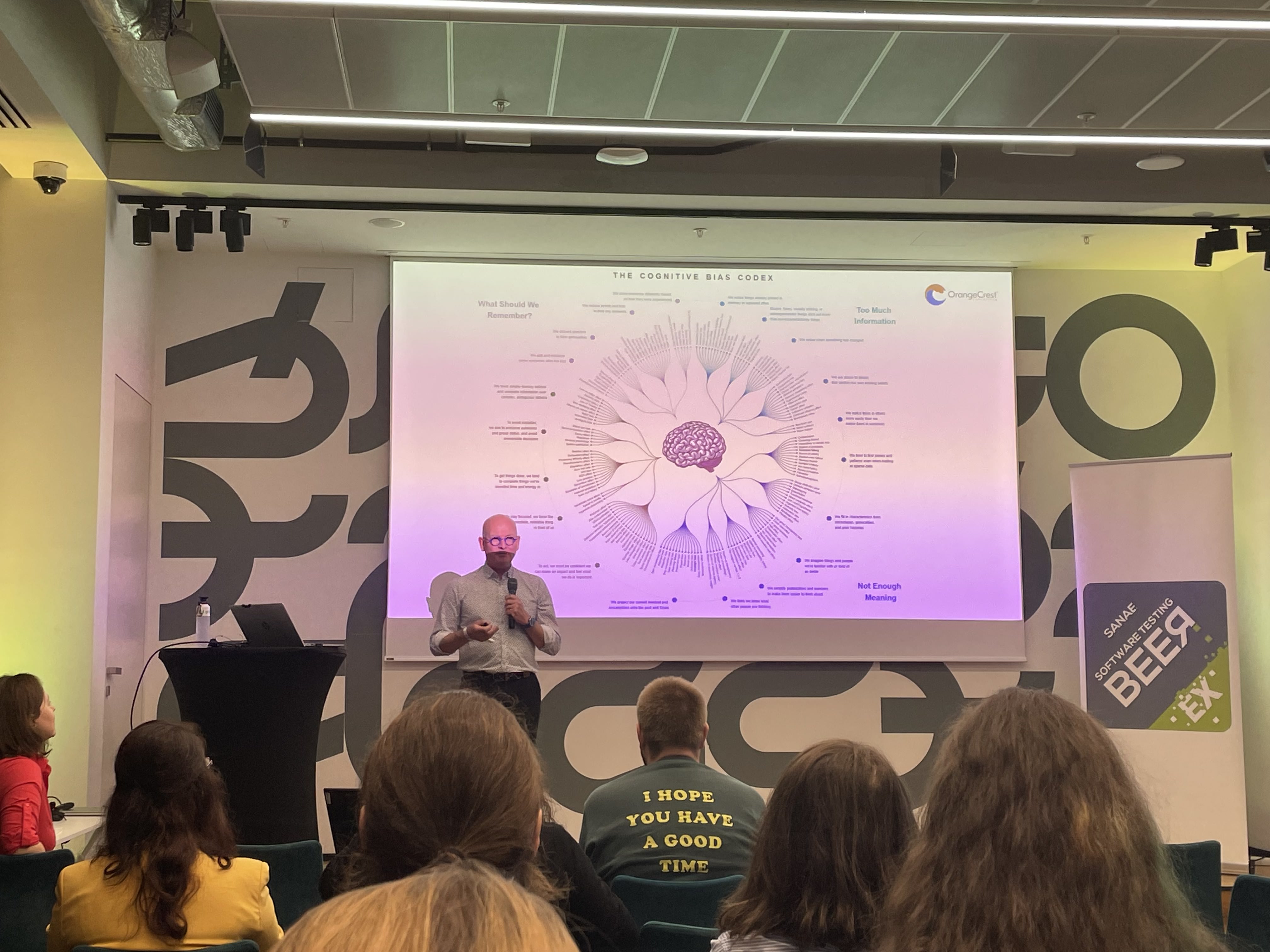Nudging Your Way Through Agile Testing
These are my notes from Ard Kramer’s talk, How to Nudge Your Way Through Agile Testing at SANAE Beer Ex.
What is nudging?
- Choice architecture
- Alters people’s behaviour
- Without removing options or significantly changing incentives
Video of världen’s djupaste sopptunna (the world’s deepest rubbish bin)
Fun can change behaviour for the better.
In the video, there is a sound effect where you hear the rubbish going all the way down then a crash at the bottom. People would then peer inside to see what’s going on in the world’s deepest rubbish bin.
Nudging comes from behavioural economics, psychology, political theory and marketing.
Question for today:
Can we nudge people around us to make better choices to improve quality and testing in our organisation?
Effect 1: Default option
For example: The student loan borrowing amount was the maximum the student was entitled to (can’t remember which country this was in).
Another example that this made me think of: Organ donation. Countries that have moved from the default being a non-organ donor, to being an organ donor, have seen a massive uptick in organ donors.
How can testers apply this?
Bug priority? Assign a default priority for bugs (In Ard’s slides he had Blocker listed as the default priority, therefore if a tester doesn’t set the priority, then the bug would have a priority of Blocker)
Effect 2: Decoy effect
To encourage you to choose an option, you are provided with a decoy option.
For example: Mobile plans.
If you are only offered 2 options A and B, the more expensive option may seem expensive.
But if a third, even more expensive option is added, option C now Option B isn’t looking too shabby.
Effect 3: Commitment through consistency
First try to get small, voluntary, public commitments —> ideally get this in writing.
Effect 4: Anchoring
Initial price of the iPhone was over 1000 dollars.
They then lowered the price to 800 dollars (which was still more expensive than other phones at the time) but since they had set an anchor point at 1000. 800 dollars now seems like a great deal.
Effect 5: The Zeigarnik Effect
Describes a tendency to remember interrupted or incomplete tasks or events more easily than tasks that have been completed.
For example: Incomplete songs can stay in your head.
How to apply at work:
Ask the scrum master to keep a task open from a refinement session, then come back to it.
Effect 6: Activate unconscious behaviour
For example: Dutch people aren’t always quiet on train carriages but people are quiet in libraries. So they gave the train carriages a library feel but putting in books wallpaper.


